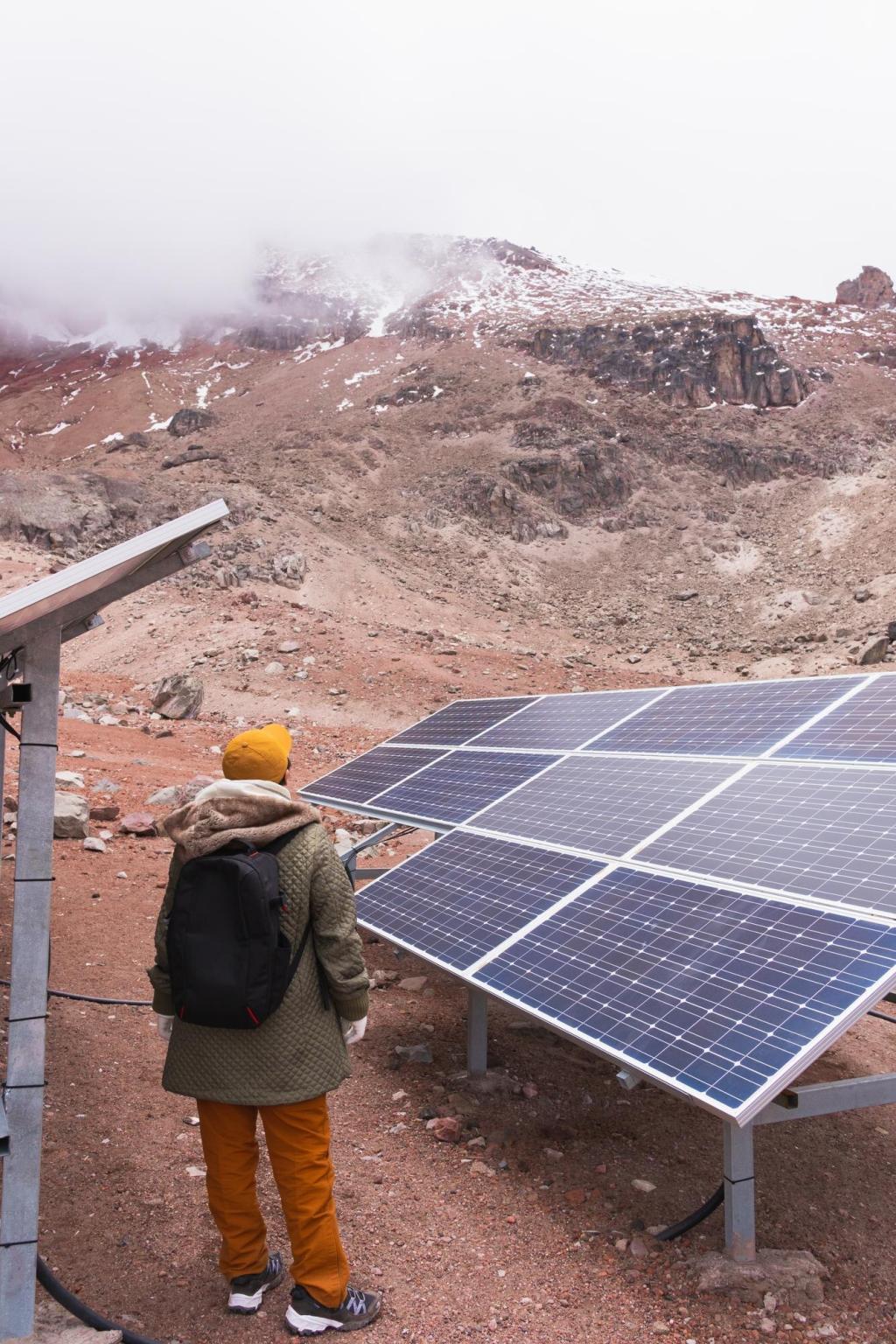Start With the Data: Diagnosing a Sudden Drop in Output
Open your monitoring app and compare today’s curve to a similar sunny day last month. Look for flat lines, sawtooth patterns, or sudden plateaus. Screenshot anomalies, note time stamps, and drop your observations in the comments so we can help interpret the story your system is telling.
Start With the Data: Diagnosing a Sudden Drop in Output
Normalize your output by checking local irradiance, temperature, and cloud cover data. A cooler day with clear skies should yield stronger production. If the gap remains after weather adjustments, subscribe to get our simple spreadsheet that estimates expected kilowatt-hours and flags genuine underperformance automatically.





